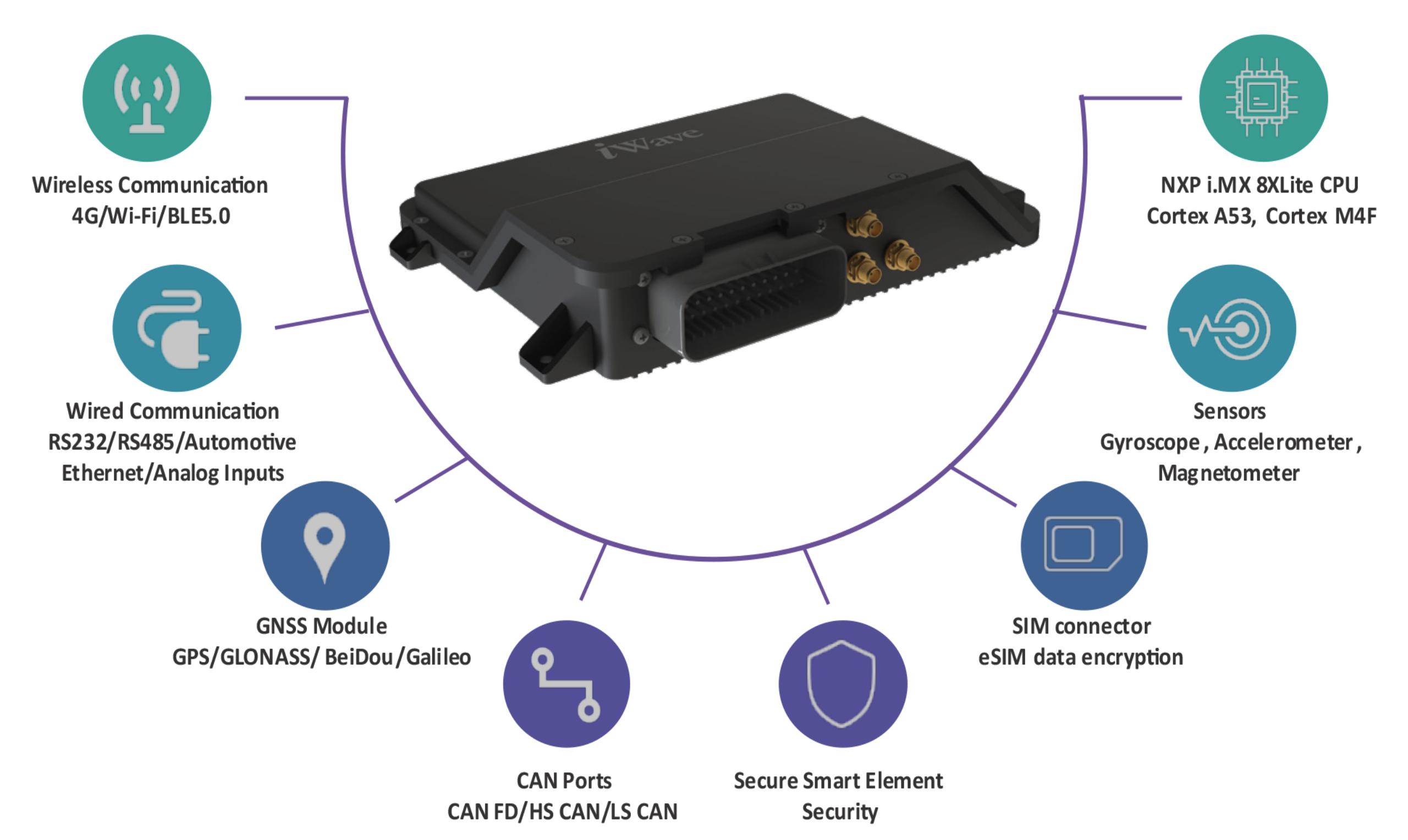Blog
Recent Posts
Telematics Gateway Choosing Criteria and Use Cases
Posted by on

An article in the CiA (CAN in Automation) CAN Newsletter explains the functionality, discusses the selection criteria, and describes the use cases of a telematics gateway using an example telematics device.
As cars become more connected, original equipment manufacturers (OEMs) require telematics solutions that enable smooth communication within and outside the vehicle. The device should be cloud-enabled, connect to servers for real-time computation and analysis, and provide an intuitive user interface for interacting and controlling various operations.
When selecting a telematics gateway, it is important to consider various factors such as the type and nature of clients, geographical conditions, average distance to cover, and the type of vehicles. The following aspects should be considered:
- Connectivity options: The transformation of connected mobility data relies heavily on dependable connectivity solutions. The telematics gateway needs to be capable of adjusting communication standards to match the required connectivity infrastructure for a vehicle. Depending on the specific application, a telematics gateway must support various wireless communication infrastructures, including Wi-Fi, Bluetooth, LTE, DSRC (dedicated short-range communication), and more.
- Type of data to be collected: The growing variety of vehicle manufacturers, models, and features requires a telematics gateway with a modular architecture that can support multiple interfaces to the in-vehicle networks, such as CAN (using CANopen or higher-layer protocols), Ethernet, and others. This might include EIA-232, EIA-485, and more.
- Software flexibility: A scalable software is essential for tracking diverse assets and vehicles simultaneously. The software stacks supported on the gateway should ensure interoperability among different vehicles and mobility infrastructures and reduce the development time of customized applications.
For example, a telematics gateway can be deployed in the following use cases:
- Predictive maintenance in electric vehicles is a key area where a telematics gateway can significantly contribute. The gateway plays a vital role in ensuring the vehicle's safety and efficiency by providing drivers with crucial information about their battery health, charge level, and the nearest charging station. Its various onboard features and interfaces provide the necessary data to improve the vehicle algorithm, enhancing its performance and safety.
- Farm equipment manufacturers are working to enhance farmer operations by securely sharing information about their daily activities. Telematics gateways installed in tractors, vehicles, and other farm equipment allow for tracking vehicle movement, location, driver status, fuel usage, and more.
- Fleet management is another area where a telematics gateway can benefit significantly. Failures in fleet management, such as vehicle recalls resulting in service interruption, can be very costly. However, a telematics device with built-in interfaces such as CAN, EIA-232, and EIA-485 can help to prevent such failures. By collecting and securely sharing fleet information with owners, the gateway enhances fleet productivity and reduces costly failures, thereby providing a significant return on investment.
- Heavy-duty and off-road vehicles, such as forklifts, cranes, and trucks, are often used in extreme conditions for long hours, making them vulnerable to frequent breakdowns. Through the integrated J1939 interface, the telematics gateway can retrieve diagnostic information and real-time data from the in-vehicle ECUs. This capability ensures vehicle uptime and enables predictive maintenance.
Read the full article (PDF)...
SAE J1939 Starter Kit and Network Simulator
Our JCOM.J1939 Starter Kit and Network Simulator are designed to allow experienced engineers and beginners to experiment with SAE J1939 data communication without needing to connect to a real-world J1939 network, i.e., a diesel engine.
To establish a network, you need at least two nodes. This applies especially to CAN/J1939, where the CAN controller will shut down after transmitting data without receiving a response. Therefore, our jCOM.J1939 Starter Kit and Network Simulator consist of two J1939 nodes: our jCOM.J1939.USB, an SAE J1939 ECU Simulator Board with USB Port. More Information...
 Loading... Please wait...
Loading... Please wait...

